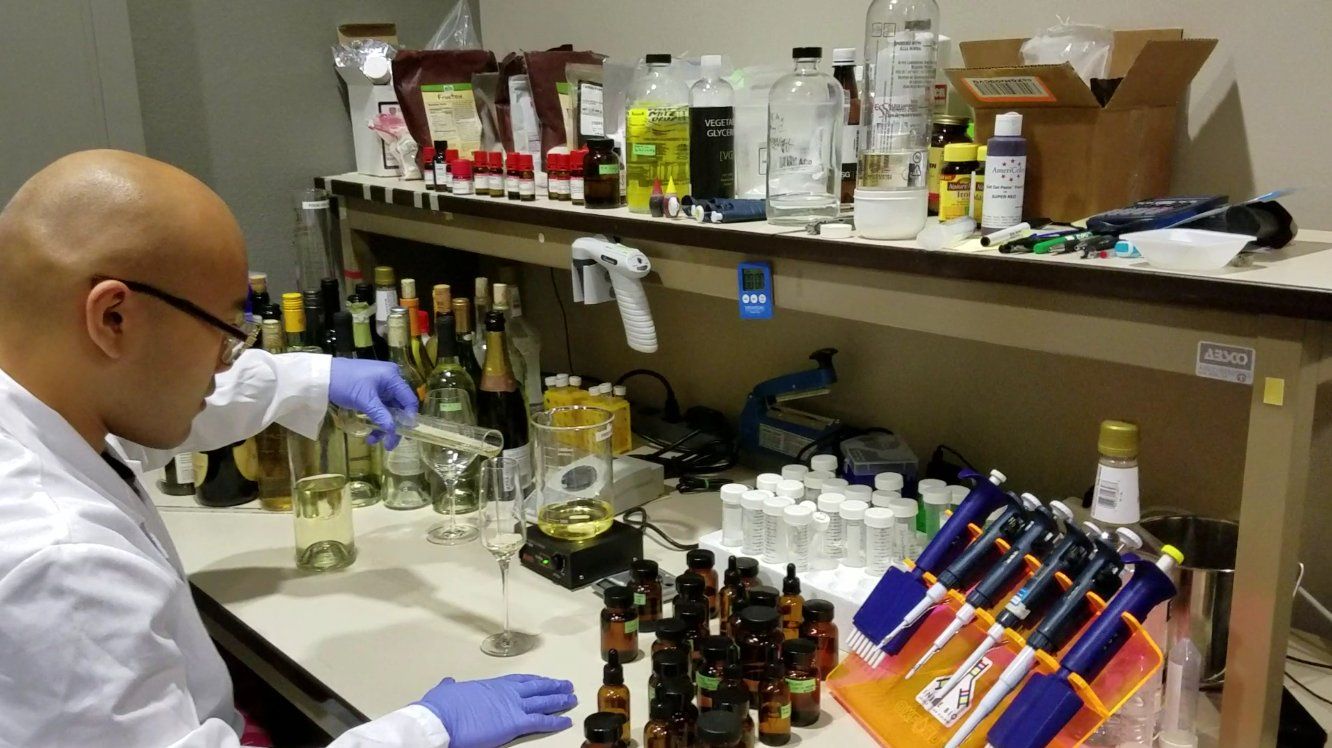Sep 9, 2016
OMEGA Laser Could Produce Nuclear Fusion at 5 Times Current Levels
Posted by Shailesh Prasad in category: nuclear energy
Researchers from the University of Rochester have detailed conditions where the National Ignition Facility at Lawrence Livermore can create five times more nuclear fusion yield than the current records.
Nuclear fusion is one of the Holy Grails of energy research. However, developments in this particular field have been more like baby steps rather than great strides.
But now, one study is significantly accelerating our (unfortunately) small steps towards nuclear fusion. Researchers working on the OMEGA laser at the Rochester University’s Laboratory of Laser Energetics (LLE) have found optimal conditions that could produce a fusion yield that’s five times higher than the current record.
Continue reading “OMEGA Laser Could Produce Nuclear Fusion at 5 Times Current Levels” »

















